Using a roller or a flat pad, apply the stain or the sealant three or four boards at a time, paying attention not to allow the product to pool. For the railings, use a paintbrush, working from the top downwards. Use a rag to get rid of any excess product. Decks made of porous wood may require an additional coat for even distribution.
Make sure to do this step when there is no direct sunlight. This would allow for adequate time for the wood to absorb the material before it dries out. For composite decking, make sure to use an appropriate product.
Keep off the Deck
Wait at least a day for the product to fully dry before stepping onto the deck again. Once your deck is stained or sealed, and ready to go, you can finally return all furniture and plants to their places. Alternatively, you can use this opportunity to replace some older items or give your furnishings a complete redesign.
Precautionary Measures to Account For
Besides the occasional maintenance, you may need to carry out some inspections every now and then as well. Any safety hazards such as cracked wood or protruding nails need to be addressed immediately.
Keep an Eye Out for Rot
Use a flat-head screwdriver to poke the structural pieces; you can tell if an area has rot if the screwdriver is able to pierce about half an inch into the wood. Small areas of rot can be chiseled out and treated with wood filler. Larger areas, however, will require the entire piece to be replaced.
Check Ledger for Possible Damage
This is the piece that holds the deck to your house. If the ledger is damaged, your whole deck could be in trouble. With a flashlight, check to see if it has any signs of damage. Don't hesitate to call in a professional to determine if it needs repair or replacement.
Inspect the Beams and Posts
Check everything else underneath. Anything from beams, posts, and joists should be in good condition. Consider reinforcing parts that aren’t easily replaced or repaired.
Look for Cracks
Cracks along the deck might not seem as threatening, but addressing them early on may prevent future catastrophes. It’s better not to wait until an issue gets worse before fixing it.
Look for Exposed Nails
Exposed nails can be a prick of a hazard. Pry up any protruding nails, and consider replacing them with screws.
Test the Railing
Give the railing a good wiggle to make sure it doesn’t wiggle. Any loose parts can be caused by cracks that may eventually develop around nails and screws. To fix the damage, seal the cracks with weatherproof adhesive and replace all of the fastenings.
Replace Broken Boards
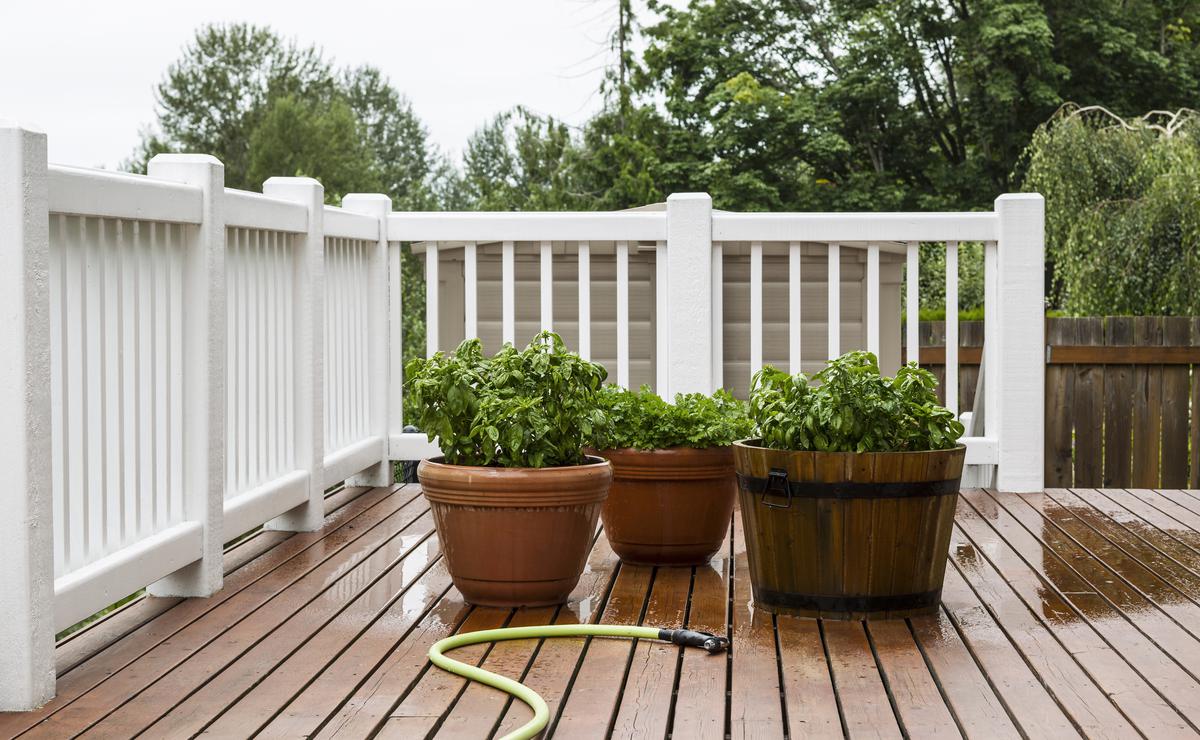
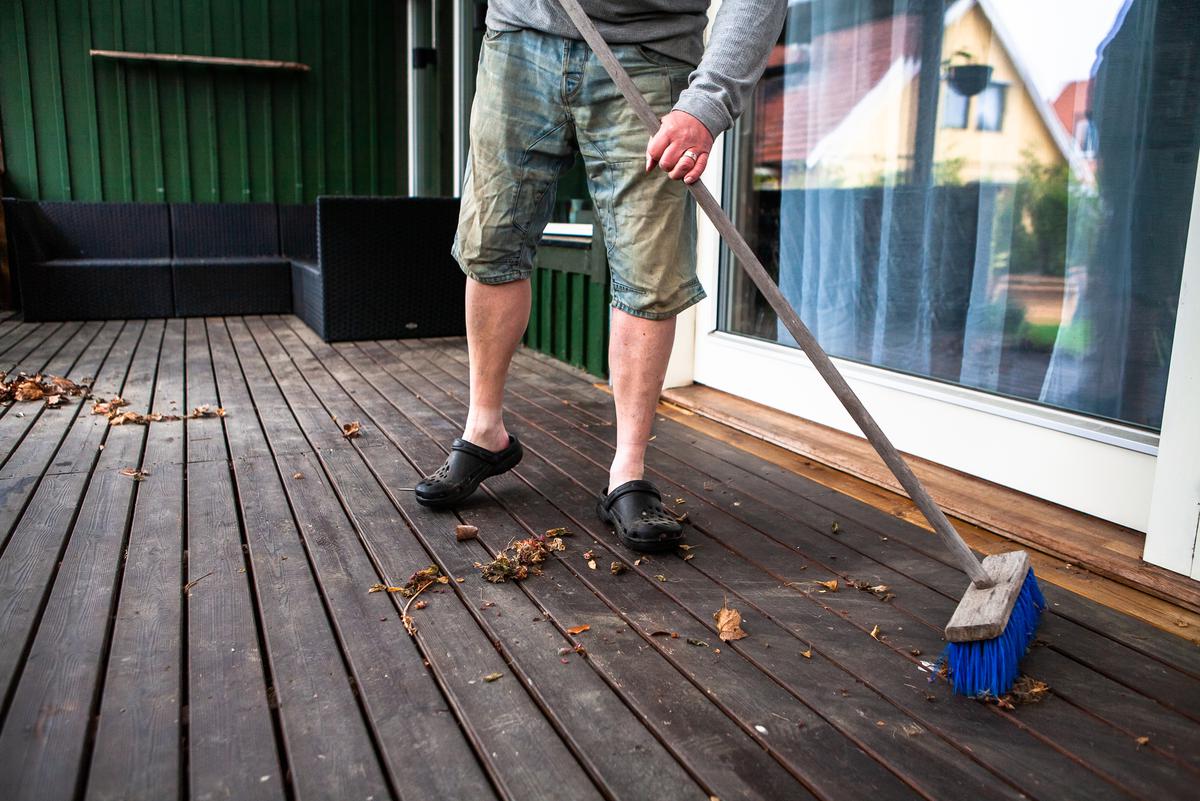
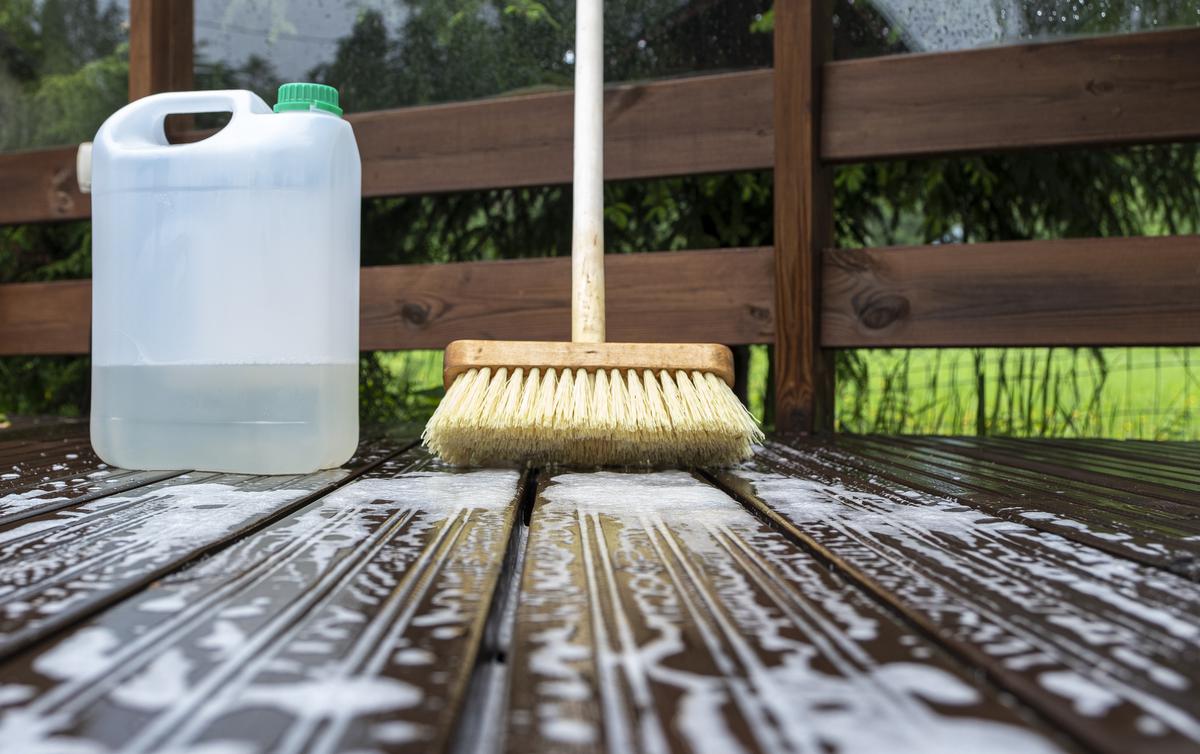
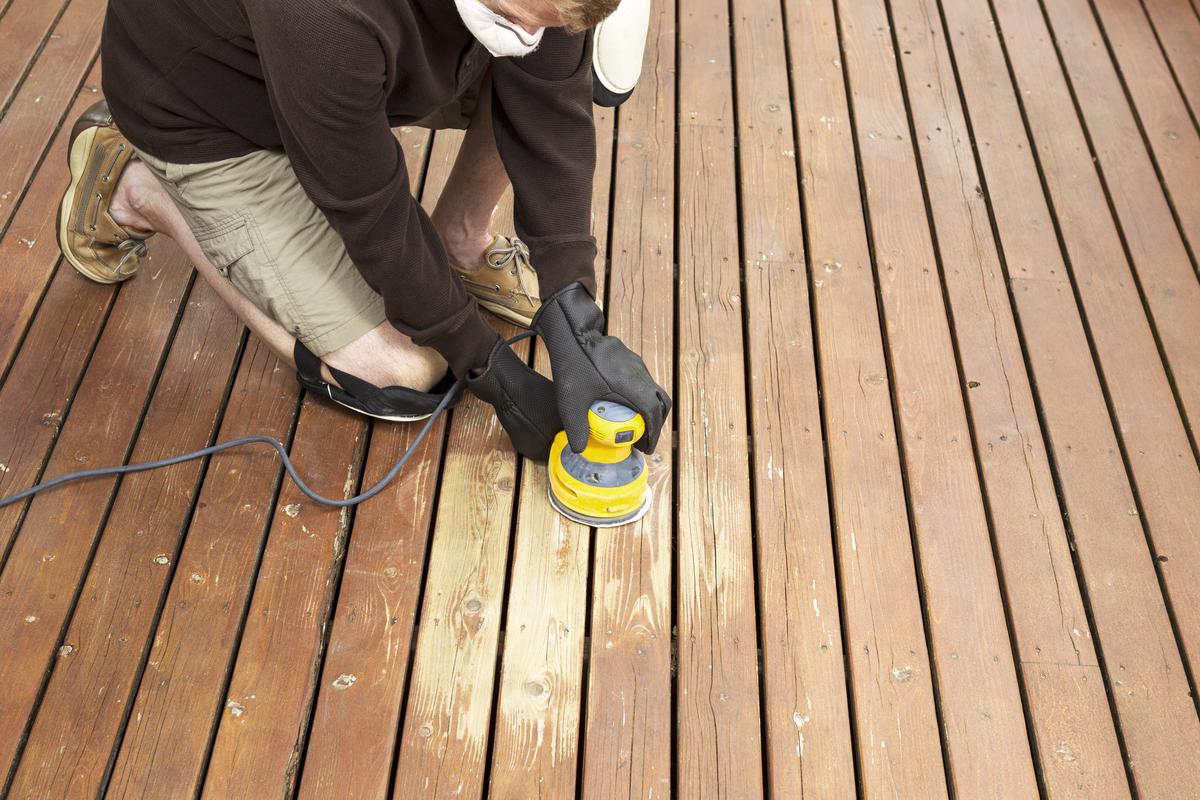
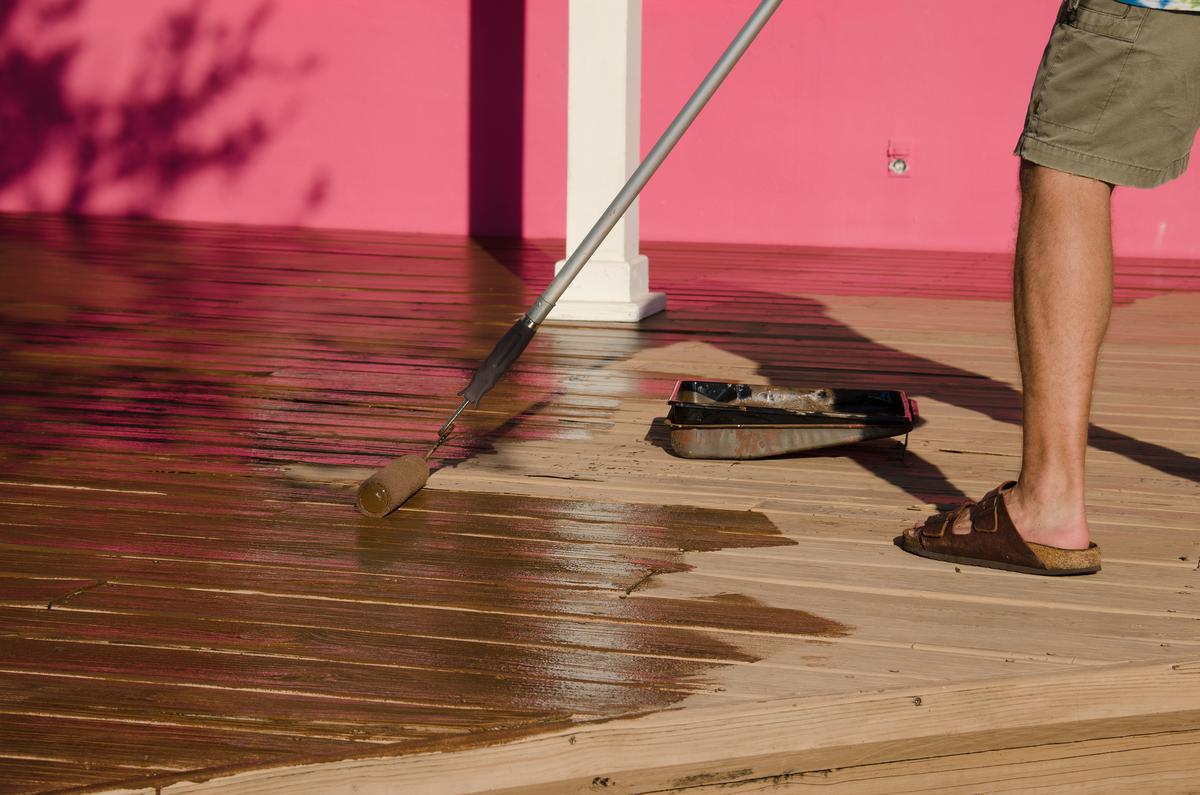
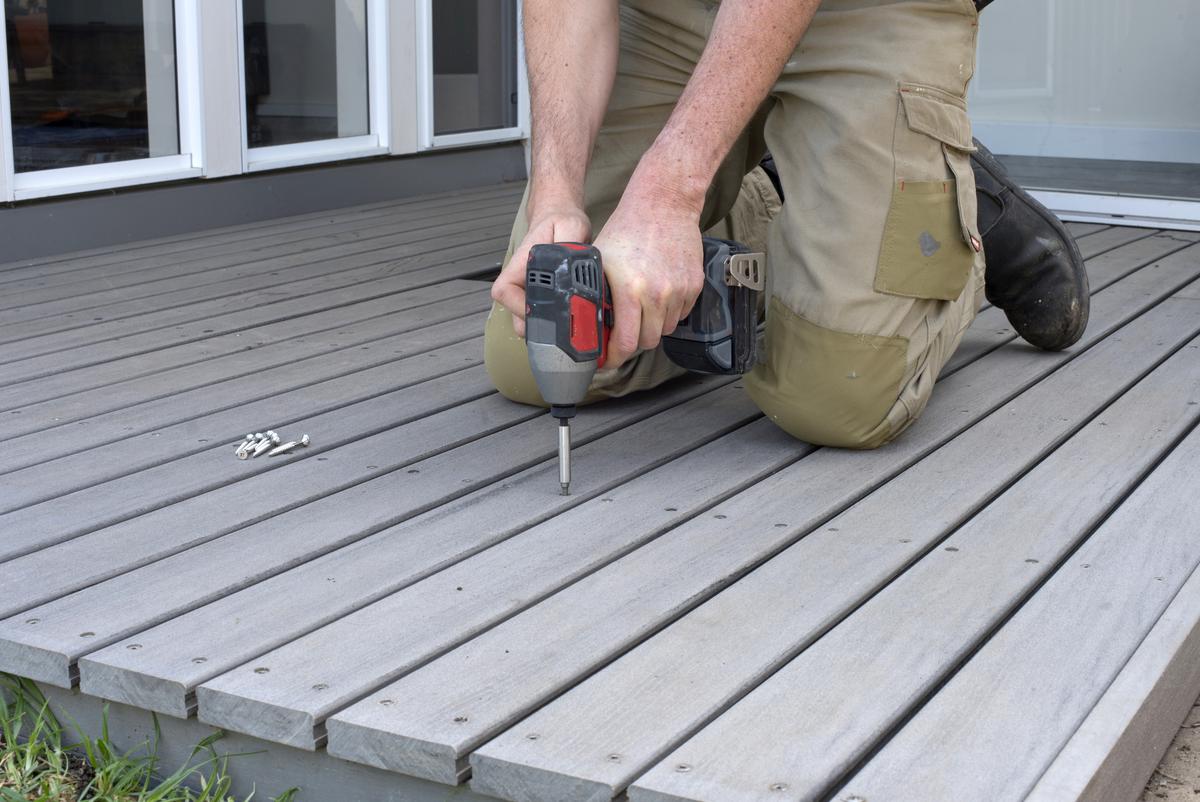
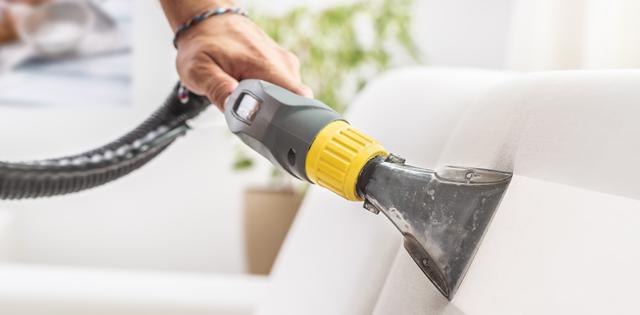



comments